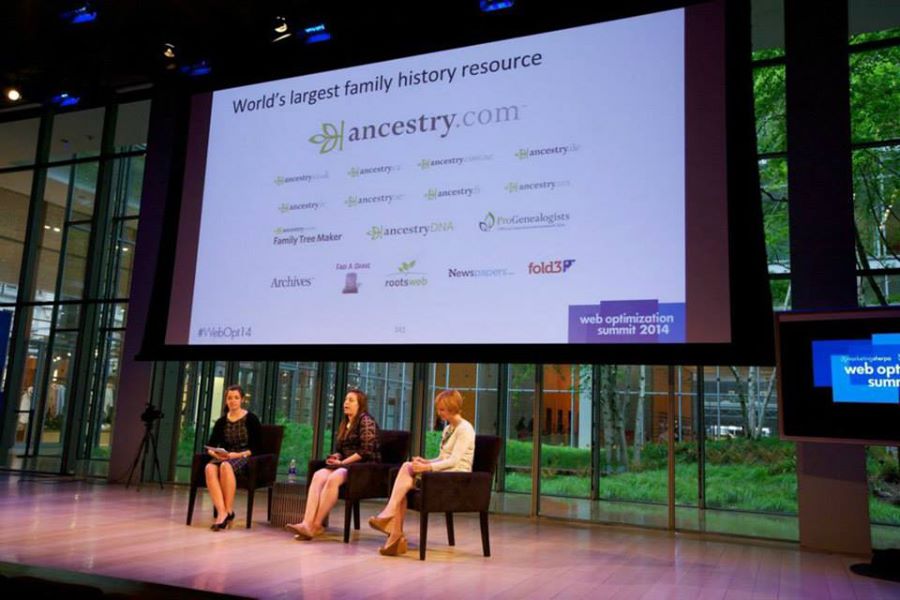Selling and Marketing to Senior Citizens When Your Team is Very Different From the Customer
“Nobody reads direct mail letters anymore.” “Everybody has the latest iPhone now.” “I would never read that.”
Let’s unpack these sentences. What they are really saying is:
- “Nobody (I know) reads direct mail anymore.”
- “Everybody (I follow on Instagram) has the latest iPhone now.”
- “I would never read that (but I’m not the ideal customer for the product).”
We humans, we’re a self-centered lot. And we think other people are much more like us than they really are. Psychologists call this false-consensus bias. And it is a significant challenge for the CMO or other sales or marketing leader in charge of a team that is very different from them.
I discussed this topic with Denis Mrkva, general manager of Aetna’s HealthSpire subsidiary, right before I interviewed him about a landing page optimization effort that increased leads 638% for a call center. Denis’ ideal customer is interested in Medicare Advantage. So his fairly young team is selling to senior citizens.
We also discussed hiring and creating the right culture, how senior citizens use digital channels, and how Denis’ team helps his customers navigate the digital environment. You can watch the video below or jump to the full transcript.
Customer-first sales and marketing
In discussing the customer, Denis had some good advice:
“Put them and their needs first — and listen. And try to understand not only their needs for the product they want to buy, but their lifestyle, the important things in their life.” — Denis Mrkva











